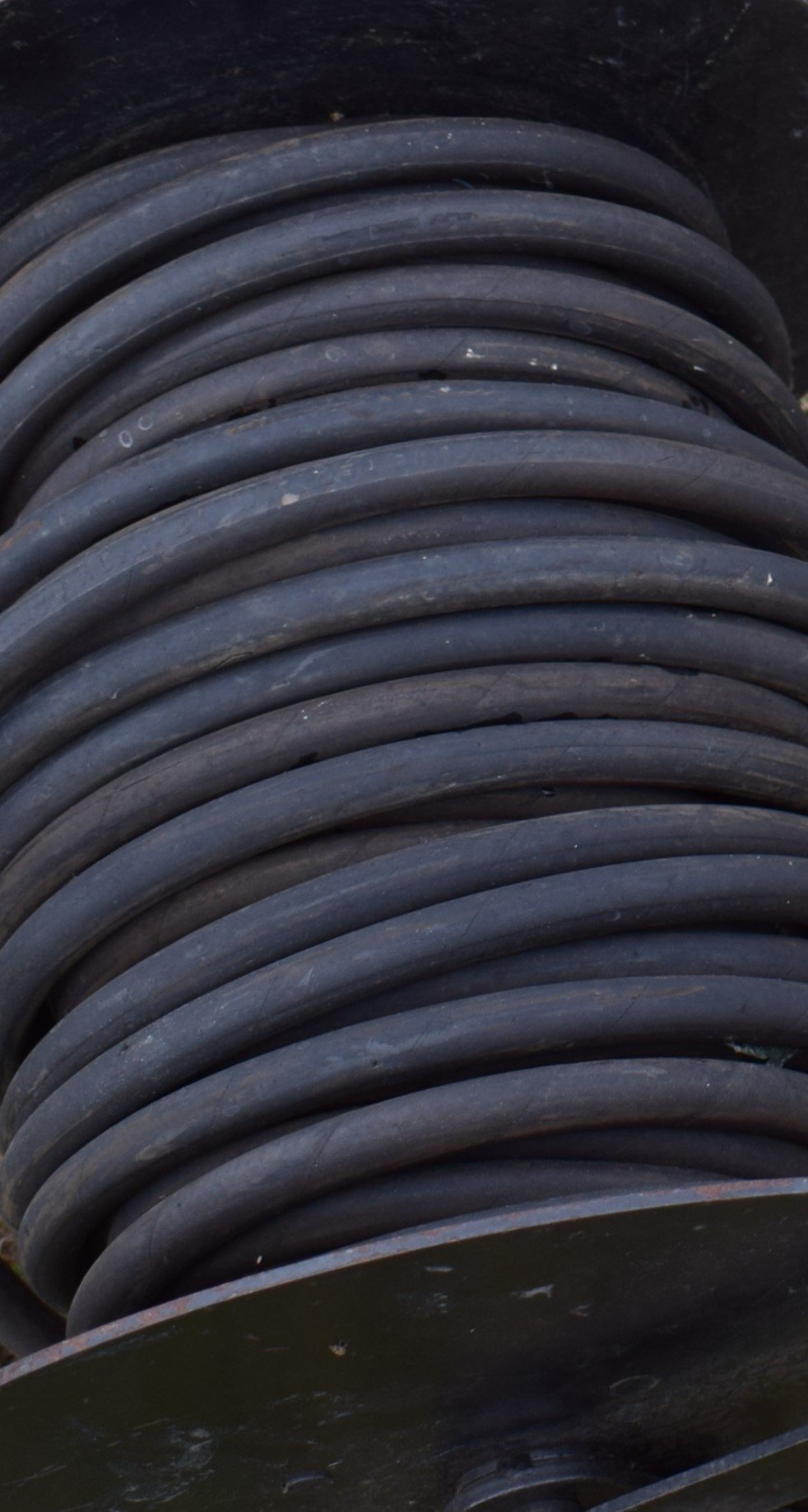
Pressure Washer Operators Guide:
Our Pressure washers are built to be intuitive and easy to use, With pressure washer operation being a fairly uncomplicated task;
Point at the surface
Pull the trigger
However, this simplicity makes it easy to overlook that pressure washers are machines made from precision components that operate under immense pressure and heat for long periods, often within dusty or dirty environments. To prolong their life span and to operate smoothly, routines and proper care should be taken when handling.
To help with this, we have put together a lightweight guide for proper pressure washer handling, maintenance, and troubleshooting steps.
BEFORE USE:
CHECKS
No Heat
Fuel
Low Fuel level is a leading cause of heating and shuddering problems while operating a pressure washer.
The fuel inlet pipe is slightly raised inside the fuel tank to stop any contamination or debris resting at the bottom of the tank from being sucked into the fuel pump.
Before use ensure the fuel tank has been topped up to an adequate level, ensure you use only clean fuel & avoid water contamination.
Oil
Regular maintenance will significantly reduce any problems arising from low oil. However, it is often prudent to check the oil levels at regular intervals.
Most of our pumps have windows to show the oil level at a glance. If a window is not present or there is an obstruction of the window, all our pumps have screw-in dipsticks to check. The Window & Dipstick are shown right.
Water
If using detergents, ensure an adequate amount of chemicals is available, and the suction pipe is submerged within the detergent container.
If the detergent supply is inadequate you may feel a vibration through the lance as the pressure washer will cavitate due to air being pulled into the system as it attempts to suck detergent. Prolonged cavitation can cause damage to the internal components.
HOSE CARE:
It is easy for someone to accidentally turn off a water source and forget to turn it back on before operating the pressure washer.
If the pressure washer is in operation and runs dry of water, this can cause a loud hammering noise and violent juddering through the lance. Pressure will be reduced until no water flows through the lance. Airlocks can occur, putting significant stress on all the internal components.
Stop using the pressure washer immediately and check the water feed is on, flowing freely, and the internal tank is filling.
(water tank pictured left.)
STEP ONE
Hold the tip of the nozzle roughly 2m (60cm) from the surface you wish to spray when you pull the trigger of the pressure washer as there is usually an initial surge when pulling the trigger.
For heavy soiling, you can gradually get closer to roughly 30cm, or 12 inches. Any closer could potentially cause damage to the surface.
Hold the nozzle at a 45-degree angle to the surface. This will help the flow of debris and water to wash away from you.
Avoid staying in one place for prolonged periods, sway the jet from side to side, and be constantly in motion if possible.
Apply detergent following the manufacturer's instructions on either high or low-pressure chemicals. Start applying from the bottom of the surface to the top, leaving for a short period to soak before brushing. Do NOT allow detergent to dry on the surface.
If using a twin lance be sure to firmly tighten the chemical tap to avoid low pressure and contamination when rinsing however avoid over tightening which can cause damage to the internals.
TROUBLESHOOTING
STEP THREE
Brush if required, Thoroughly rinse off detergent by increasing distance and letting the increased flow of water cascade over the surface with a wide fan at a 45 degree angle.
Once finished, before shutting down the machine turn off the detergent and let it flush through whilst also turning off the heat and letting the boiler cool down until the lance is cold to the touch.
Before attempting any troubleshooting steps please ensure correct PPE is worn and permission is granted by the authorized parties on site or owner of the pressure washer.
Low Pressure / Shudder through Lance
One of the leading causes of premature hose wear and damage is vehicles driving over or parking on high-pressure hoses.
This causes a flat spot in the hose which compromises the internal steel structure which will inevitably lead to the hose bursting.
Any time the hose is extended and in use avoid vehicles driving over the hose and reel the hose in when not in use to greatly prolong its life.
GENERAL USE
STEP TWO
Call Us: 01582 600080
Blocked Jet / No water
Detergent
If pressure washer pressurizes and locks up, not allowing any water flow through the jet nozzle there is likely a blockage in the jet.
Do NOT attempt to separate the gun from the lance.
Do NOT point nozzle towards face or persons.
Turn off pressure washer, Isolate if possible,. Leave for 5-10 minutes to de-pressurize. Then attempt to dislodge the blockage using a thin rod of similar diameter to a paper clip carefully pushing into the jet nozzle.
If the heat is turned on and the pressure washer does not heat up, listen for a low rumble from the boiler and check for any smoke from the chimney.
If neither are present check the fuel levels and the filter. Running the machine while Low on fuel or with a blockage will cause damage to the fuel pump.
If you can feel a shudder through the lance while pulling the trigger or if water pressure is low, this could be a sign that air is getting into the system. This is usually caused by insufficient water from a water source or low detergent, Letting air be pulled through the detergent inlet.
Check that the water feed is on and not blocked and that the internal rectangular black water tank is filling.
Check that the detergent tank is sufficiently full.
Continued use can airlock the pressure washer, accompanied by a loud hammering noise from the pump that will severely damage the internal components if used for prolonged periods.









